-
Particle physics plays an important role in the research of astrophysics and the origin and evolution of the universe. The development of astrophysics and cosmology poses great challenges to particle physics research. The merging of the two disciplines gave birth to a new frontier of cross-disciplinary research, astroparticle physics. IHEP is the main research base for cosmic rays and astrophysics in China, focusing upon cosmic rays, neutrino physics, astrophysics, space science experiments, underground experiments, etc. -
The Yangbajing Cosmic Ray Observatory built in the Yangbajing (YBJ) valley of the Tibetan Highlands is one of the four largest international ultra-high energy γ astronomy and ultra-high energy cosmic ray research arrays. The evidence of anisotropy of cosmic rays and that of the cosmic rays orbiting around the center of the galaxy was discovered by the Sino-Japanese ASγ experiment. The result was published by Science Magazine and was quoted as a milestone-type achievement in 2006. -
The Alpha Magnetic Spectrometer permanent magnet and its main structure, jointly developed by IEE, CALT and IHEP, were successfully put on board the U.S. Space Shuttle in 1998 and 2011. It was the first large magnet sent into space by man. -
The γ Burst Detector developed by IHEP was successfully put on board our Space Shuttle Shenzhou II, materializing a great breakthrough in our country’s space astro-observation studies. -
In 2007, China’s first X-ray spectrometer and sun monitor developed at IHEP successfully finished their lunar exploration work aboard the Chang’e-1 Satellite. -
The Hard X-ray Telescope Project (HXMT) based on the unique innovative thoughts of Chinese scientists is now in full swing | 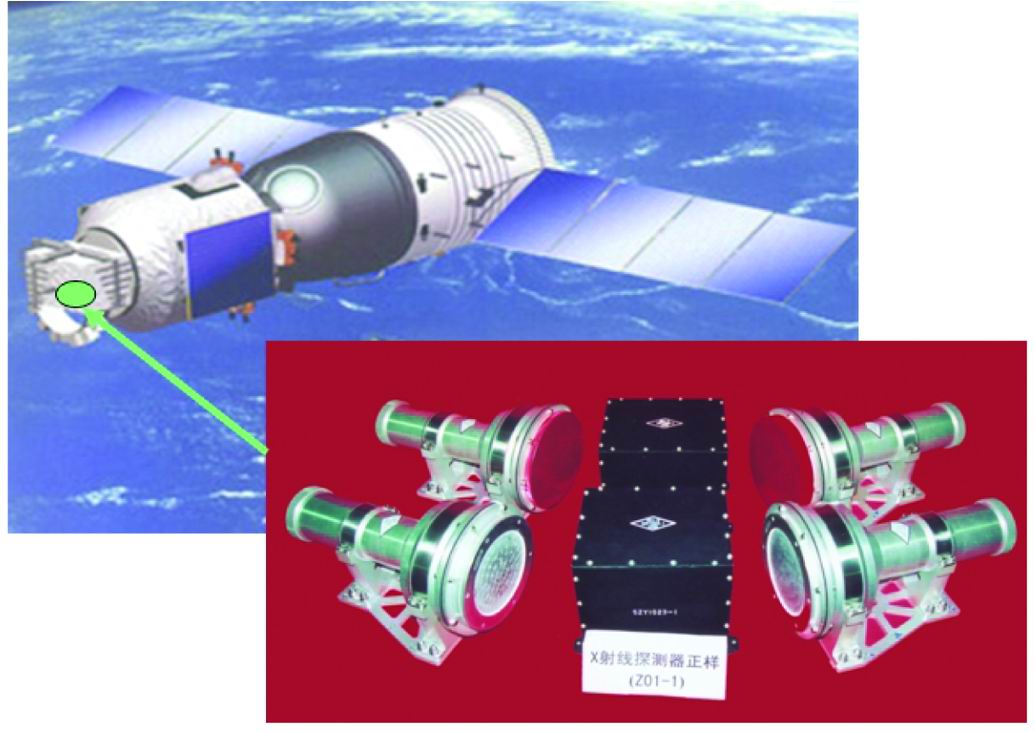
Gamma Burst Detector onboard the Space Shuttle Shenzhou II 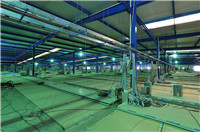
Inside of the ARGO experimental hall |
| 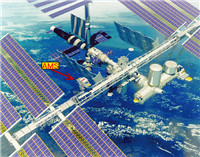
| 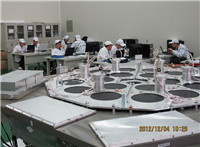
| 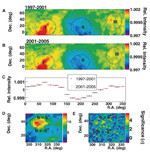
|
| The Alpha Magnetic Spectrometer permanent magnet and its main structure were successfully put on board the U.S. Space Shuttle in June 1998 and in 2011. | The commissioning site of HXMT payload high energy X-ray telescope | The scientists of the Sino-Japanese Cooperation on ASγ and Solar Neutron Experiment observed nearly 40 billion events. |


